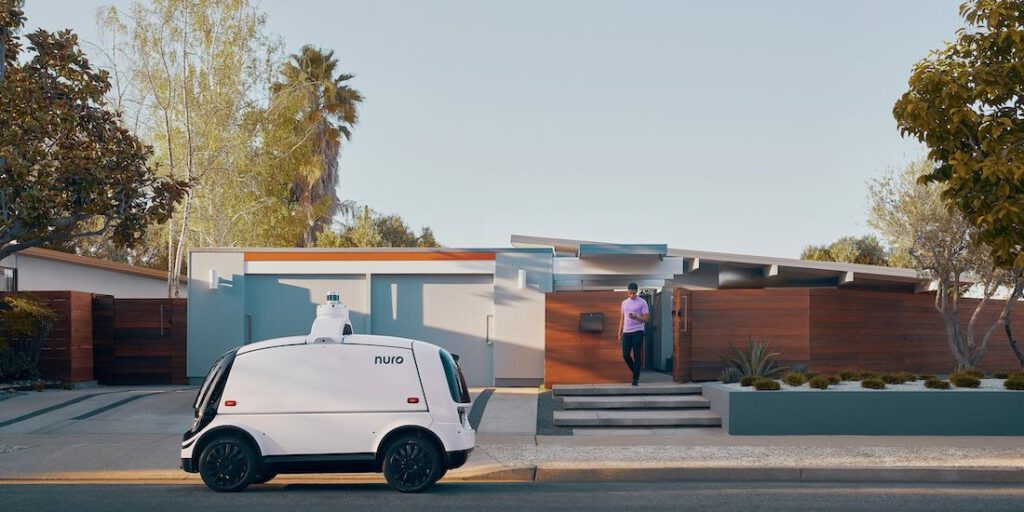It could be years, or even decades, before self-driving cars become mainstream on cities and highways, says David Zuby, chief scientist at the Insurance Institute for Highway Safety. Ensuring safe coexistence with other vehicles is a major hurdle. For now, at least, fully self-driving cars will have to share the roads with cars driven by human drivers and with some forms of autonomy, both of which pose safety risks.
The National Highway Safety Administration defines levels of driver assistance technology from 0 to 5. At Level 0, the driver is fully responsible for the vehicle and must “maintain full focus and attention on driving” at all times. At Level 5, “occupants act solely as passengers and do not require full focus on driving.” Most personal and commercial vehicles operate somewhere between Level 1 and Level 3, which are intermediate.
Chase said semi-autonomous cars, especially those with automated features like lane keeping, accelerating and braking control on highways (Level 2) and those that require a safety driver to pay attention and intervene if something goes wrong (Level 3), could be more dangerous than manually driven cars because they could make the driver careless or drowsy.
The 2016 accident involving 40-year-old Joshua Brown, who was killed while driving a semi-autonomous Tesla Model S, tragically illustrates this complexity. A truck made a legal left turn in front of Brown’s Tesla, but instead of stopping, the car ran under the truck’s trailer at high speed. Mike Demler, a senior technology analyst at the Linley Group, says Tesla’s detection system, which consists of sensors, radar, GPS and image processing software, was never intended to be used in hands-free mode. “The sensors were designed only for highway driving and didn’t take into account cross traffic,” Demler says. “They could see the back of the car, but not the side of the trailer.”
Of the nearly 400 semi-autonomous vehicle accidents reported between July 1, 2021 and May 15, 2022, roughly 70% (273) involved Tesla vehicles that were using Autopilot, Full Self-Driving, Traffic-Aware Cruise Control or other driver-assistance systems. While these results aren’t necessarily a blanket indictment of Tesla, the most popular semi-autonomous vehicle maker with 830,000 vehicles on the road, Chase said they are emblematic of the safety risks posed by semi-autonomous vehicles.
“If you drive 10,000 times and you don’t have to pay attention and everything’s fine, but then the 10,001st time you have to be responsible and pay attention and take control, I think that’s an impossible situation,” Chase said.

